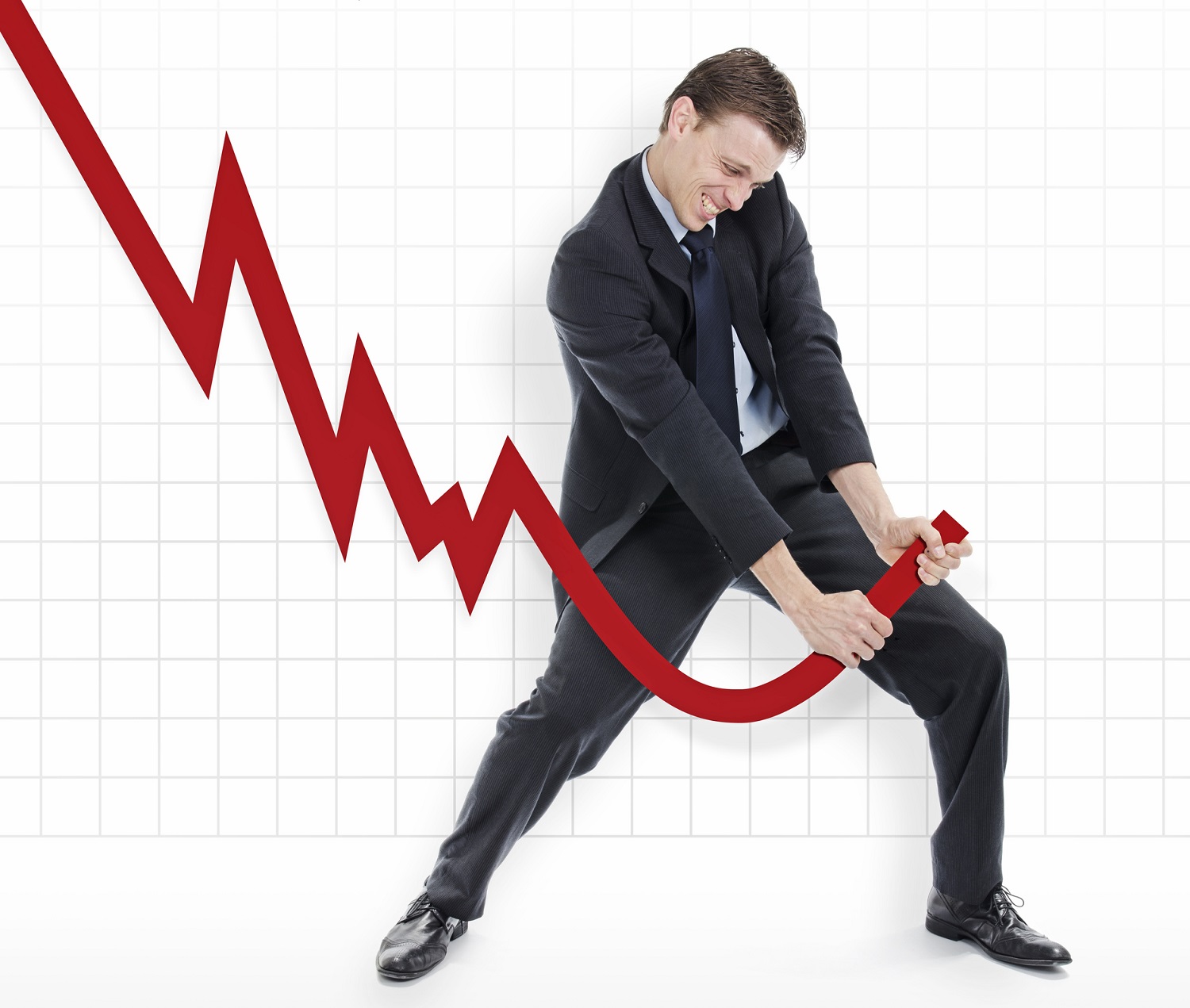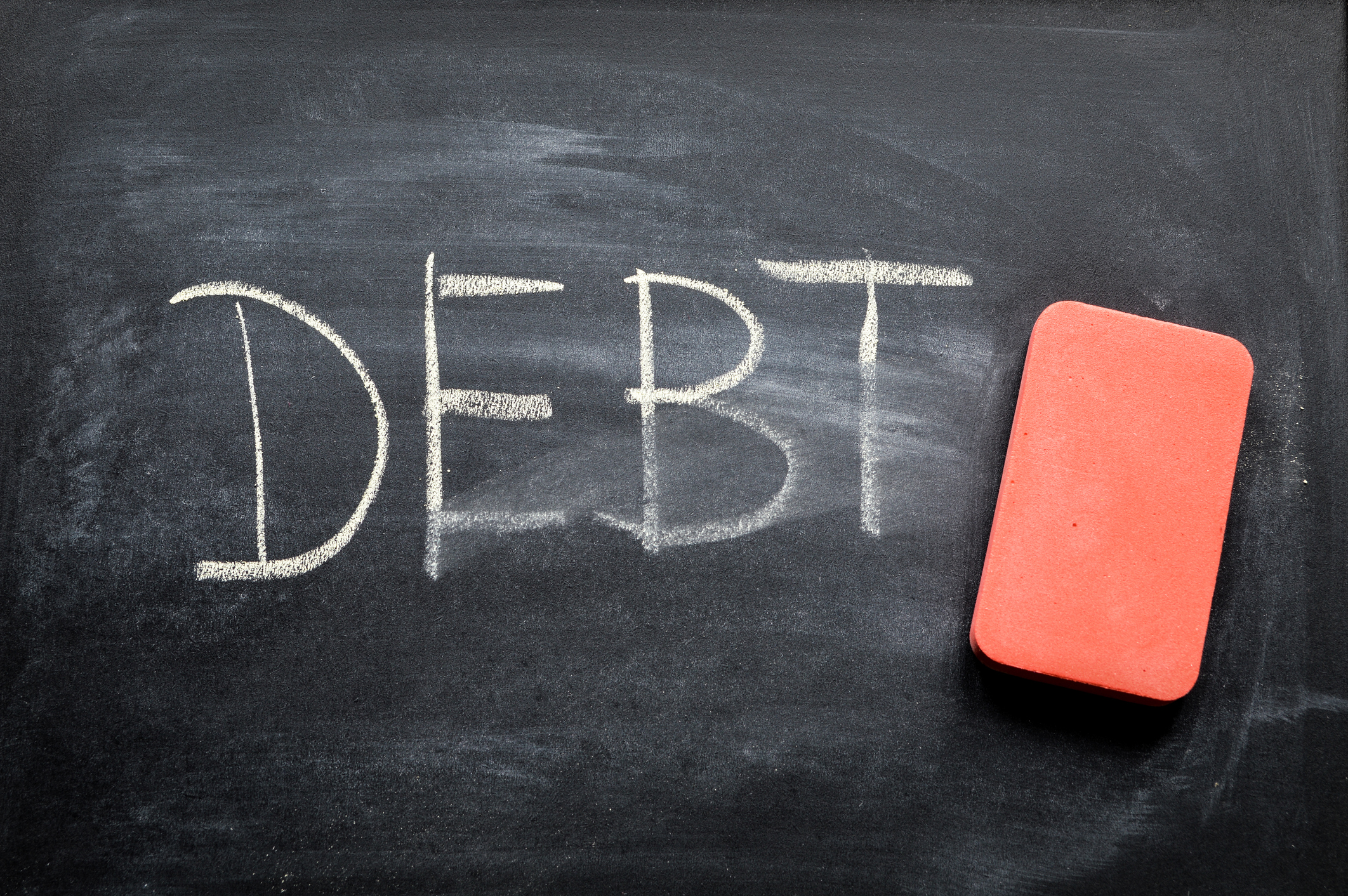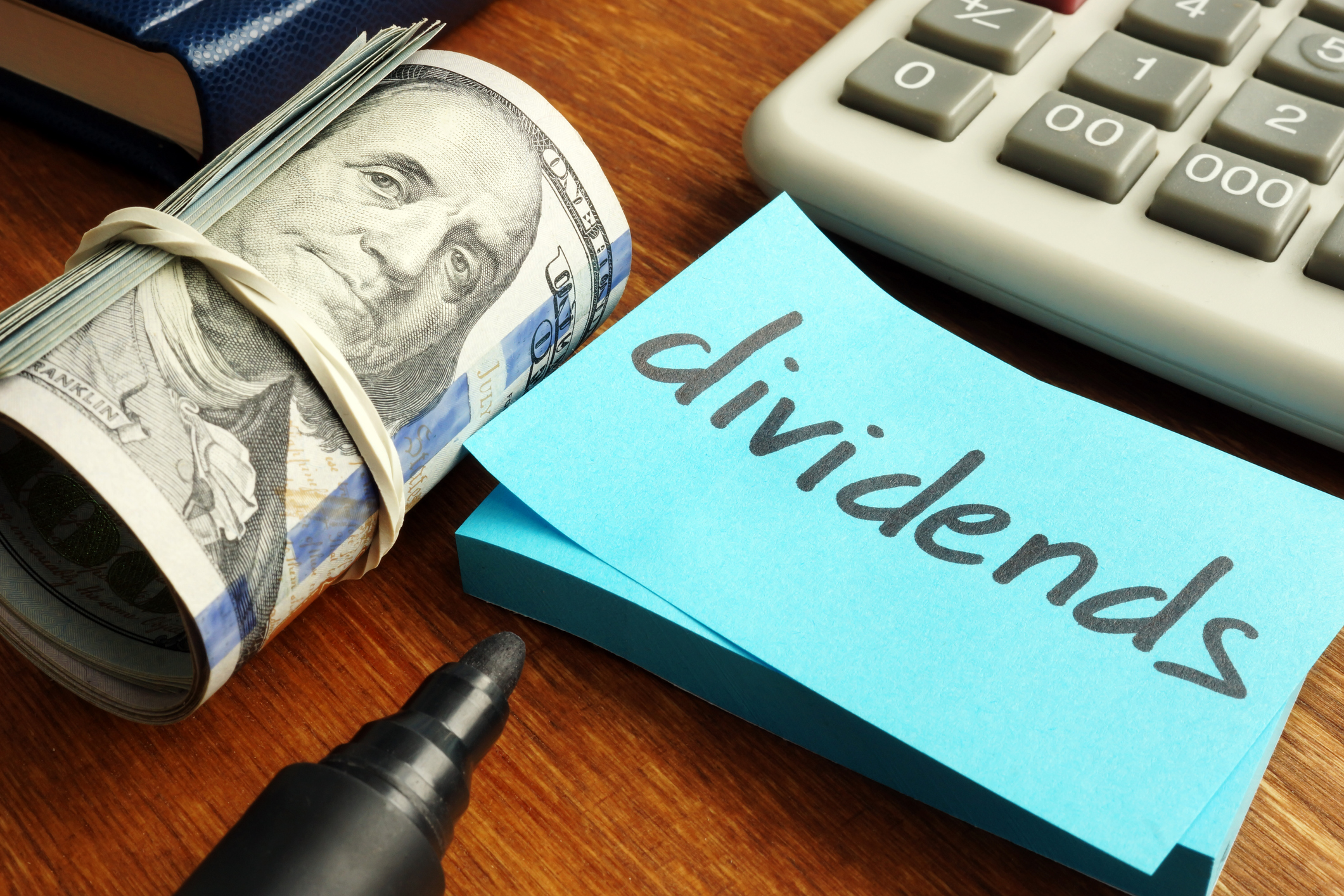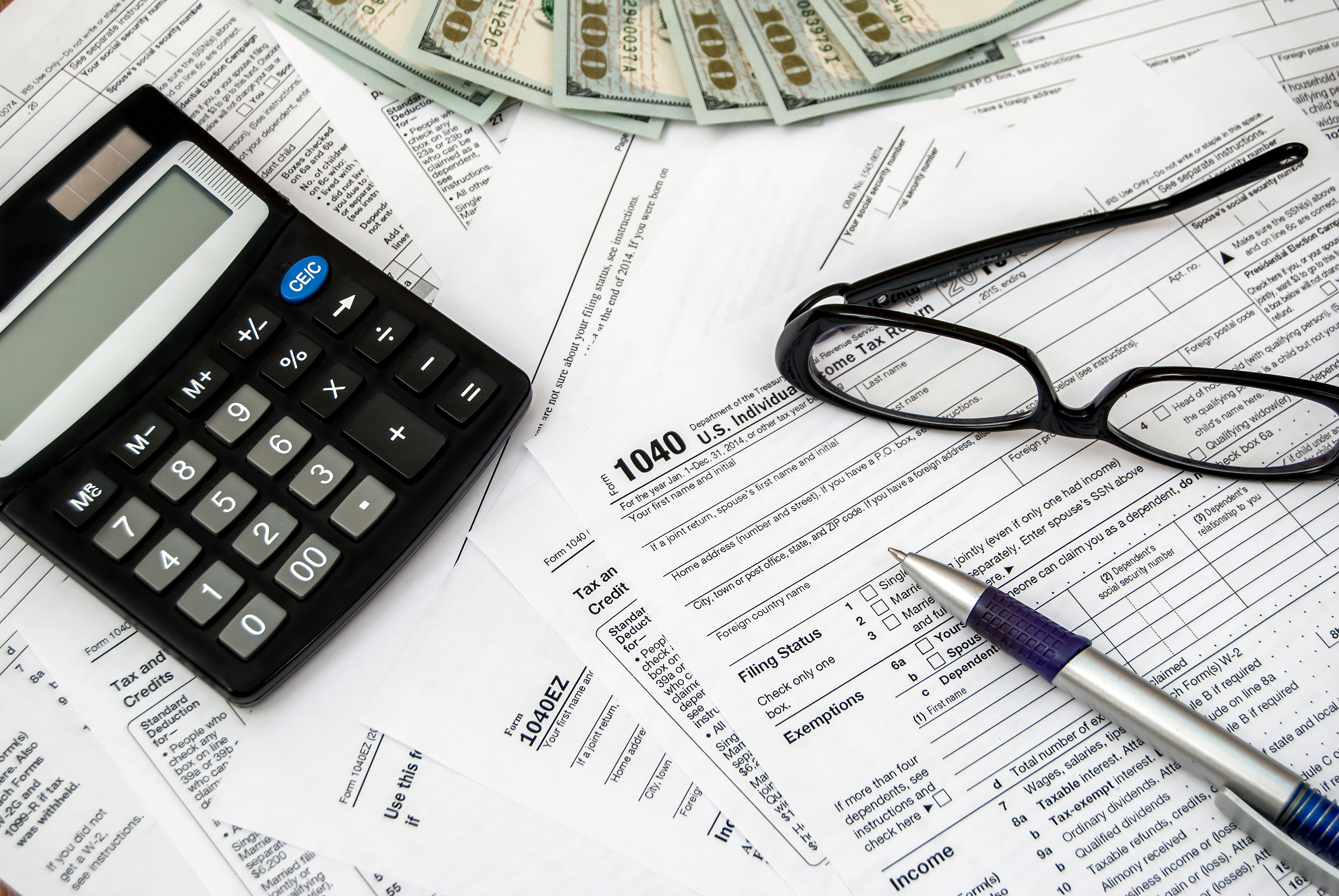Investing in the stock market is fraught with challenges that must be understood and overcome, including the risk of a drawdown. These events can be terrifying if you've never experienced one before, but they're natural parts of the market's ebbs and flows. Read on to understand what a drawdown is, why it matters, and how to make it through one.

What is a drawdown?
By definition, a drawdown is the peak-to-trough decline in the price of an investment, often stocks. They're typically measured as a percentage of the investment's value over a specific time period and are used to demonstrate volatility and risk.
No two drawdowns are the same, but if a stock has a pattern of drawdowns, it's important to keep an eye out for this cyclicality. A drawdown can also be described as the amount that a stock falls from its highest point to its lowest over a set period of time.
For example, if a stock peaked at $100 and fell to $80 in a week, then started to recover right away, the drawdown would be 20% over seven days. Keep in mind, these aren't necessarily signs that anything is wrong with the investment since drawdowns can be caused by widespread industry or market sentiment, too.
Drawdown versus loss
A loss can happen when your stock is falling and you're determined to salvage something, so you sell before the stock price finishes plummeting. This doesn't have to happen during a drawdown.
It's much smarter to treat a drawdown as an unrealized loss. Instead of selling, you hold and you wait. Over time, the investment is likely to regain its value.
It may take almost no time to recover, or it could take a few years, but the main difference between a loss and a drawdown is the recovery. If you sell, there's never going to be a potential for recovery. However, if you hold, it could be a simple drawdown and your investment may return to baseline (or better).
Drawdown risks
The risk associated with drawdowns is directly related to your investing time horizon. If you have 30 years for your stock to recover, a drawdown is just a small blip in your investment history. But if you have a need for that money this year -- for example, you're retired and need it to cover expenses -- it can be a much more serious problem.
A severe drawdown can also be just a very nerve-wracking event for some investors, which may lead them to sell at a loss. If the drawdown is fast and deep, holding the stock can feel like you're just holding on to dreams of a recovery that may never come to pass.
Related investing topics
Why drawdowns matter to investors
Drawdowns matter a lot to investors, especially those who are investing in volatile markets and unsteady industries. These unrealized losses can become realized losses very quickly if you exit the position instead of holding on for dear life because you believe the stock can recover over time.
But when you hold on to a stock that has no hope of recovering from a drawdown, you also miss out on other potential opportunities for wins, especially if your stock experiencing a drawdown is very slow to recover. That said, most stocks do recover from drawdowns, though the time frame can differ wildly. This is why it's so important to balance your risk with your stage in your investing journey.
It can also help to look at historical drawdowns for a particular stock before you consider taking a position. A history of deep drops may indicate that the stock is very volatile by nature, and you may not end up coming out ahead in the end.



















